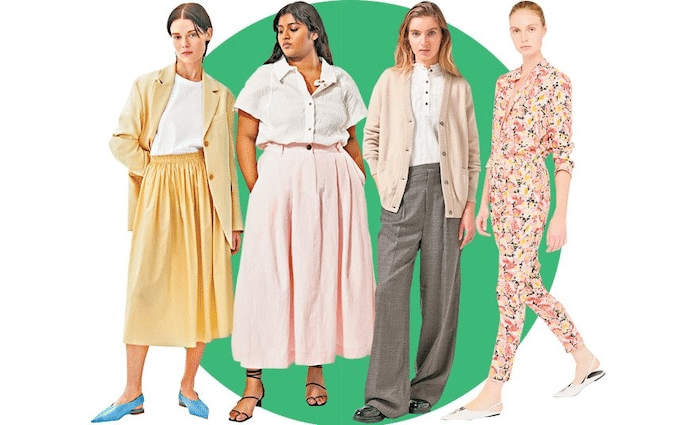Brands leading the way in sustainable fashion

Amid growing environmental concerns, the fashion industry is being reshaped by sustainability. Designers and brands are embracing wellness trends, aiming to reduce their ecological footprint through innovative practices.
This blog shines a spotlight on the pioneers leading the charge towards a more sustainable future in fashion, illustrating how their efforts align with broader wellness trends.
Embracing Green Fabrics
As one of the most significant wellness trends, the use of green fabrics represents a collective shift towards environmentally friendly materials. Brands like Patagonia and Stella McCartney have been at the forefront, utilizing recycled materials and organic cotton to craft their garments.
Patagonia's commitment to repairing and recycling their products encourages a longer lifecycle for clothing, significantly reducing waste. Stella McCartney's dedication to non-leather materials showcases a cruelty-free approach, aligning with the vegan movement within wellness trends.
These brands not only prioritize the environment but also ensure their products meet high standards of quality and aesthetics.
Innovative Recycling Programs
Eileen Fisher is a trailblazer in implementing innovative recycling programs, inviting customers to return worn garments in exchange for store credit. This initiative not only promotes recycling but also fosters a circular economy within the fashion industry.
Levi's has introduced a denim recycling program, giving old jeans new life as building insulation material. This creative solution to reduce waste exemplifies how brands can incorporate wellness trends into their business models.
Transparency and Ethical Manufacturing
Transparency in the supply chain has become a crucial element of sustainable fashion. Everlane and Pact are two brands that have made ethical manufacturing practices a cornerstone of their business.
Everlane provides detailed information about the factories where their clothes are made, ensuring fair wages and working conditions. Pact goes a step further by using organic materials and employing water-saving techniques in production, making it a paradigm of eco-conscious clothing manufacturing.
Zero-Waste Design
Zero-waste design is a radical approach to fashion that eliminates fabric waste in the design process. Pioneers like Zero + Maria Cornejo have embraced this method, creating beautiful, sustainable pieces that do not compromise style for ethics.
By carefully planning patterns and utilizing entire fabric widths, these designers are setting new standards in sustainable fashion, reducing the industry's environmental impact significantly.
Renewable Energy in Production
Utilizing renewable energy in production processes is an emerging trend among eco-conscious brands. Outdoor clothing company, Patagonia, has been a leader in this space, with its headquarters and main operations powered by renewable energy.
This not only reduces the brand's carbon footprint but also sets an example for other companies to follow, promoting sustainability beyond the wardrobe.
Biodegradable Materials
Brands are also exploring the use of biodegradable materials as a way to ensure products do not end up in landfills. Companies like Veja and Allbirds are innovating with natural rubber soles and wool shoes that can decompose naturally, aligning with the wellness trend of reducing environmental impact.
This approach not only minimizes waste but also emphasizes the importance of creating products with the end of their lifecycle in mind.
Community Empowerment
Sustainable fashion is not only about environmental impact but also social impact. Brands like Nisolo and Sseko Designs have focused on empowering communities by ensuring fair labor practices and providing employment opportunities in developing countries.
These efforts highlight how the fashion industry can play a crucial role in supporting sustainable development goals worldwide.
Conclusion
The convergence of sustainable fashion and wellness trends marks a pivotal moment in the industry. The brands highlighted in this post are not just participating in a trend; they are setting the groundwork for a more sustainable and ethical future in fashion. By choosing to support these pioneers, consumers can contribute to a movement that values both the well-being of our planet and its inhabitants.

Related